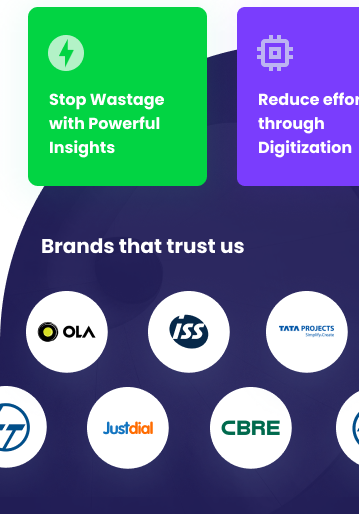In a world increasingly defined by environmental challenges, sustainability has evolved from a noble ideal into a practical necessity. Organizations are not only responsible for reducing their ecological impact but also for fostering a culture where employees become active participants in this mission. The collective intelligence of a workforce, when aligned with sustainability goals, can drive meaningful change. To engage employees in sustainability practices, companies must tap into their intellectual curiosity, sense of purpose, and desire to contribute to something greater than themselves.
Key Facts & Data Insights
Organizations that integrate sustainability into their core values see a ripple effect on employee engagement and loyalty. Studies reveal that 83% of employees feel more committed to companies with strong environmental initiatives. Businesses with active sustainability programs also report a 16% boost in productivity, underscoring the link between purpose and performance. Furthermore, 60% of employees are drawn to workplaces that demonstrate environmental responsibility, making sustainability a key factor in attracting and retaining talent.
Fostering Awareness Through Education
The journey toward employee engagement begins with knowledge. Educating employees about the environmental challenges the organization aims to address fosters a deeper understanding of their role in achieving sustainability goals. Workshops, seminars, and interactive learning platforms can provide employees with insights into concepts like carbon footprints, circular economy, and energy efficiency. More than just informing, these initiatives ignite intellectual curiosity and encourage employees to think critically about the impact of their actions.
Leadership plays a critical role in setting the tone. When leaders not only advocate for sustainability but also model eco-conscious behaviors, such as using renewable energy sources or adopting green commuting habits, they inspire employees to follow suit. A well-informed and visibly committed leadership can transform sustainability from a policy into a shared ethos.
Creating a Culture of Ownership
Employees are more likely to engage in sustainability when they feel empowered to contribute their ideas and lead initiatives. Establishing “Green Teams” allows employees to brainstorm and implement practical solutions tailored to their specific work environments. For instance, a team might develop a plan to minimize single-use plastics in the office or implement a carpooling program to reduce emissions.
Gamification is another powerful tool. Turning sustainability into a friendly competition—like rewarding teams for reducing waste or saving energy—adds an element of fun and incentivizes participation. Recognizing these efforts with meaningful rewards, such as eco-friendly products or additional time off, reinforces their value and encourages continued involvement.
Providing Tools for Action
Intellectual engagement must be matched with practical tools. Equipping employees with resources like reusable office supplies, energy-efficient appliances, and recycling stations simplifies the transition to sustainable habits. Digital tools, such as energy monitoring apps or online platforms for sharing eco-friendly tips, further empower employees to integrate sustainability into their daily routines.
Embedding sustainability into workflows can also be transformative. Simple practices, like defaulting printers to double-sided printing or offering telecommuting options, demonstrate the organization’s commitment and make sustainability an intrinsic part of work life.
Recognizing Contributions and Sharing Success
Recognition is a cornerstone of engagement. Publicly celebrating the contributions of employees or teams to sustainability initiatives not only boosts morale but also inspires others to participate. Sharing tangible results—such as a percentage reduction in energy consumption or waste—transforms abstract goals into visible achievements. Internal newsletters, social media shout-outs, and team meetings are excellent platforms for amplifying these success stories.
Sustainability is also a community effort. Encouraging employees to participate in local environmental projects, such as beach cleanups or tree planting drives, reinforces their sense of purpose and strengthens the connection between the workplace and the wider world.
Sustainability as a Collective Intellect
At its core, engaging employees in sustainability is about leveraging collective intellect to address global challenges. When employees see their ideas being implemented and their efforts making a difference, they begin to view sustainability as a shared responsibility rather than an organizational mandate. This shift in mindset turns every employee into a sustainability ambassador, creating a ripple effect that extends beyond the workplace.
Organizations that succeed in engaging their employees in sustainability practices do more than reduce their environmental impact—they build a culture of purpose, collaboration, and innovation. By tapping into the intellectual potential of their workforce, companies can transform sustainability from an operational goal into a collective movement.














